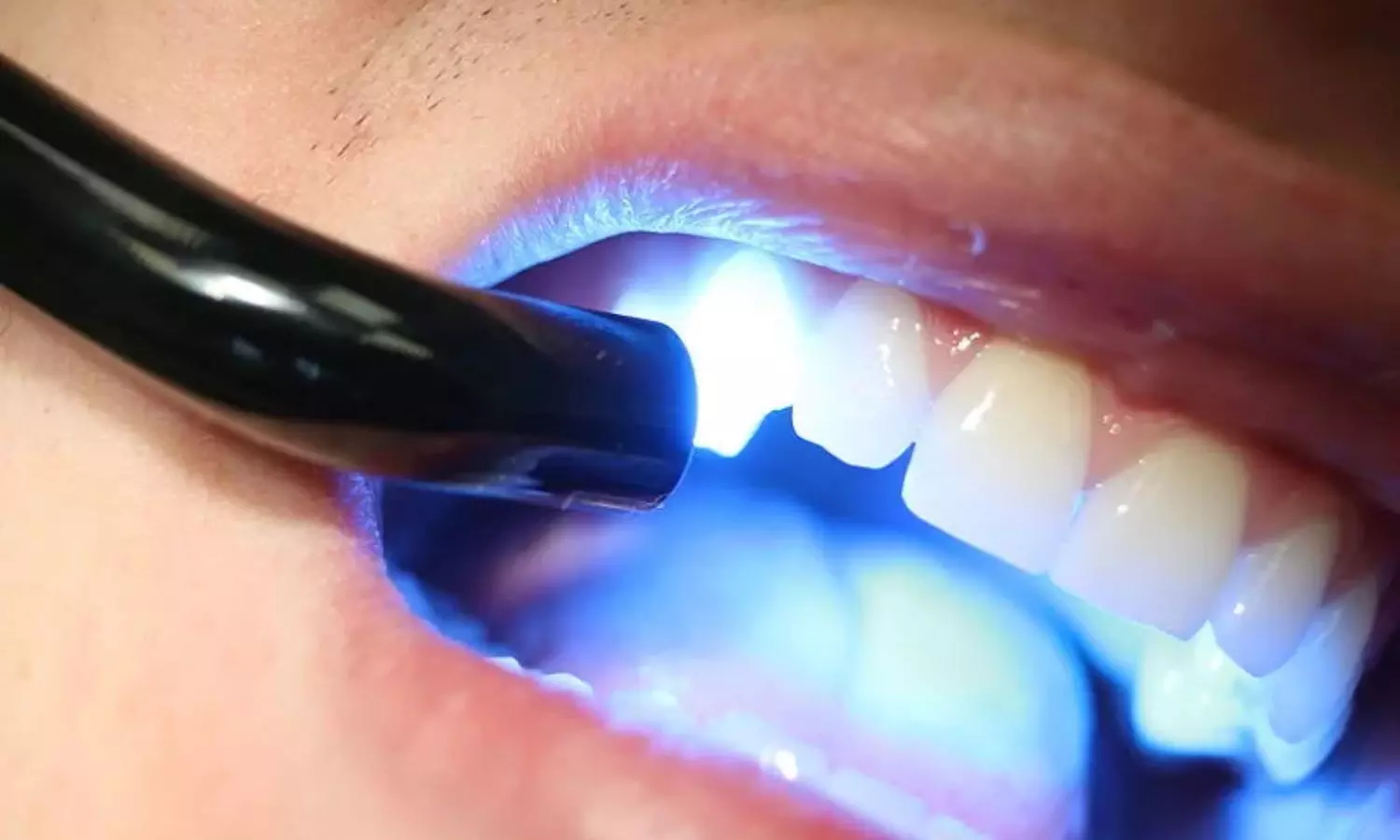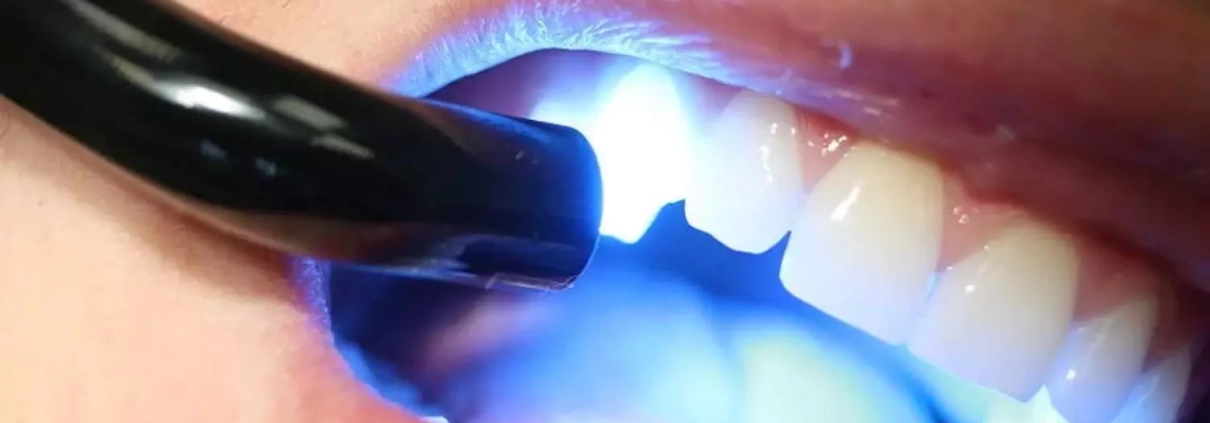Resin-based composites containing finer fillers best maintain glossiness after routine tooth brushing: Study

USA: A recent study published in the Journal of Esthetic and Restorative Dentistry has shed light on the isolated effect of filler particle size on surface properties of experimental resin composites before and after toothbrush abrasion.
The researchers showed a significant reduction in gloss of resin-based composites (RBCs) containing fillers with larger particle sizes. There was an increase in surface roughness after toothbrushing abrasion for all RBCs, except those containing the finest-sized fillers.
“The particle size of the filler is a crucial determinant of the gloss and surface roughness of RBCs, after polishing and toothbrushing,” reported Mikihiro Kobayashi, Oregon Health & Science University, Portland, Oregon, USA, and colleagues.
The study was conducted to isolate the relationship between filler size and the surface properties of roughness and gloss before and after toothbrush abrasion for experimental resin-based composites containing uniform spherical fillers.
For this purpose, the researchers studied five experimental light-cured RBCs with different spherical filler sizes and three commercial RBCs. Using silicon carbide papers, forty specimens were polished. Gloss measurement was done after 0, 90, 180, and 360 min of simulated toothbrushing, and surface roughness was measured before and after 360 min of toothbrushing. The RBCs were compared using the two-way ANOVA/Tukey’s multiple comparison tests, and the correlation between particle size and surface gloss or roughness was also determined.
The study led to the following findings:
- After polishing and toothbrushing, RBCs with smaller fillers exhibited significantly lower surface roughness and higher gloss, and RBCs with larger fillers exhibited lower gloss and higher surface roughness.
- There was a significant correlation between filler particle size and gloss and surface roughness, both before and after toothbrush abrasion.
“The gloss of resin-based composites is reduced by increased surface roughness caused by toothbrush abrasion,” the researchers wrote. “Resin-based composites containing finer fillers best maintain glossiness after routine tooth brushing.”
Reference:
Kobayashi, M., Koi, K., Wiskoski, S., Watanabe, H., Lewis, S., & Ferracane, J. L. (2023). Isolated effect of filler particle size on surface properties of experimental resin composites before and after toothbrush abrasion. Journal of Esthetic and Restorative Dentistry, 35(8), 1286-1292. https://doi.org/10.1111/jerd.13105



